This is based on a case-study of Älvdalen, where two sets of Witch Trials took place in 1668, and of how the society moved past the terrifying events and found reconciliation. Read part 1 here.…
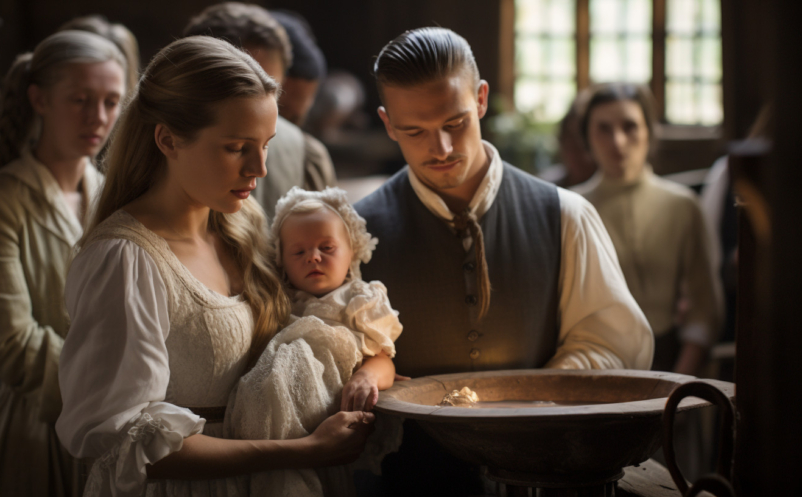

This is based on a case-study of Älvdalen, where two sets of Witch Trials took place in 1668, and of how the society moved past the terrifying events and found reconciliation. Read part 1 here.…

How did the affected people and their societies deal with the aftermath of the witch trials? In the Nordic countries, circa 5000 people were accused of witchcraft, and around 1700 were executed (for Europe as…
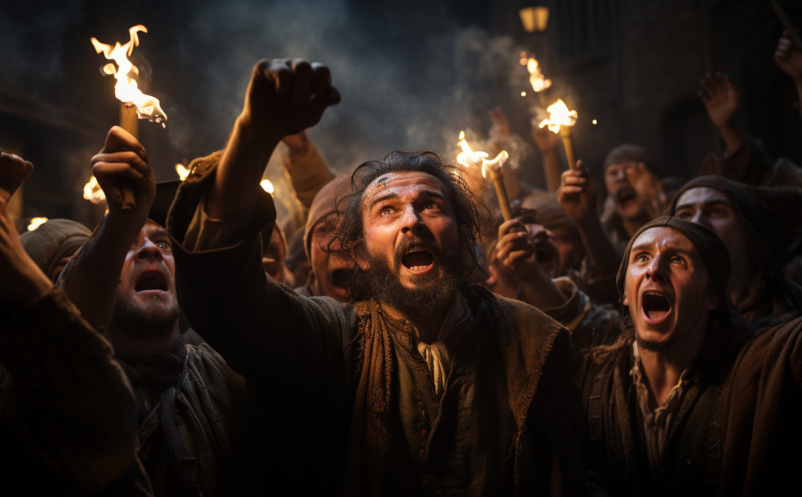
In my previous posts about the witch trials, we have been able to read how they played out in the Nordic countries. But how did the hysteria finally end? First, we must remember that even…
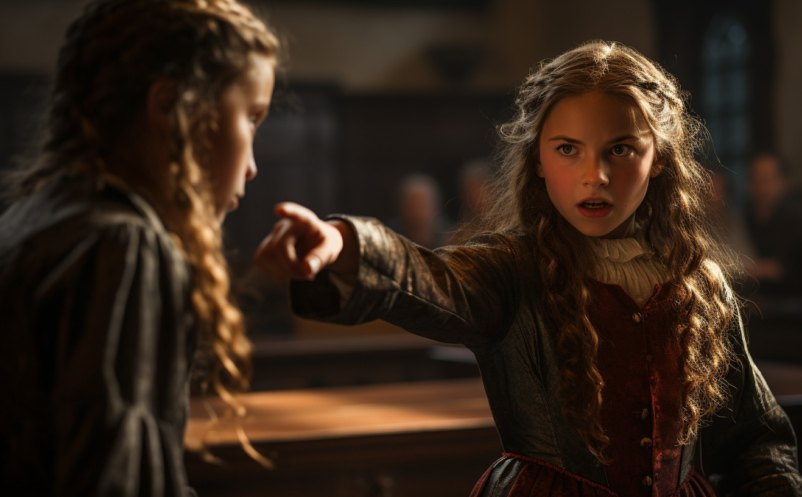
The darkest period of the Swedish witch trials has become known as “The Great Noise”. Between 1668 and 1676, 280 people were executed as witches, a staggering amount considering that around 400 people in total…
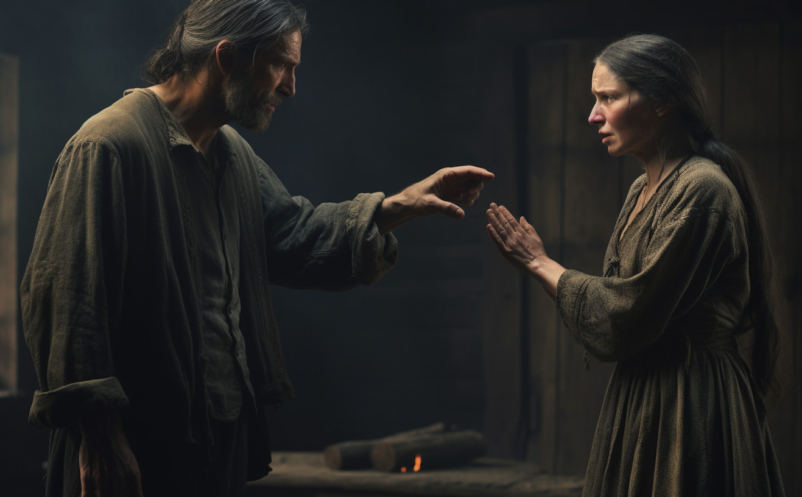
Just like other countries, few people had been executed for witchcraft in Sweden during the early Middle Ages. In the 15th century, only a handful men had been sentenced to death for sorcery, and in…
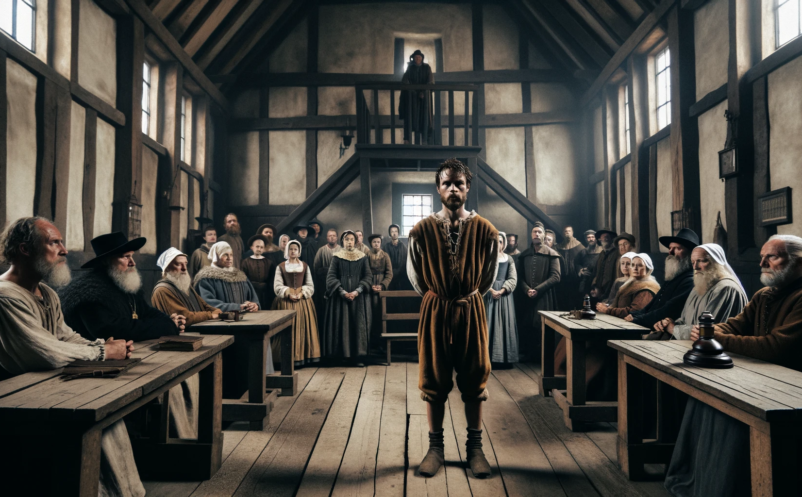
Iceland differed from the rest of the Nordic countries (and large parts of Europe) in that most of those accused of witchcraft were men. That can be explained by the fact that although Iceland was…
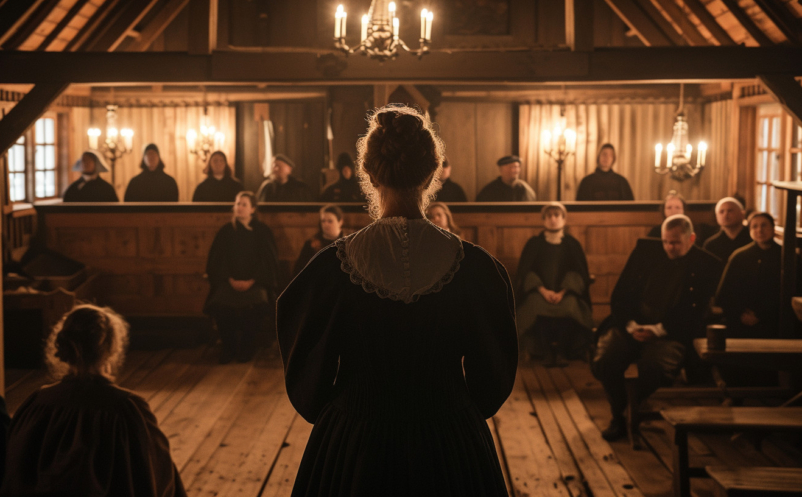
In Norway the witch trials began after death penalty for witchcraft was introduced in 1584. Since Norway was a part of the Danish kingdom, the laws and the methods were similar in the two countries.…
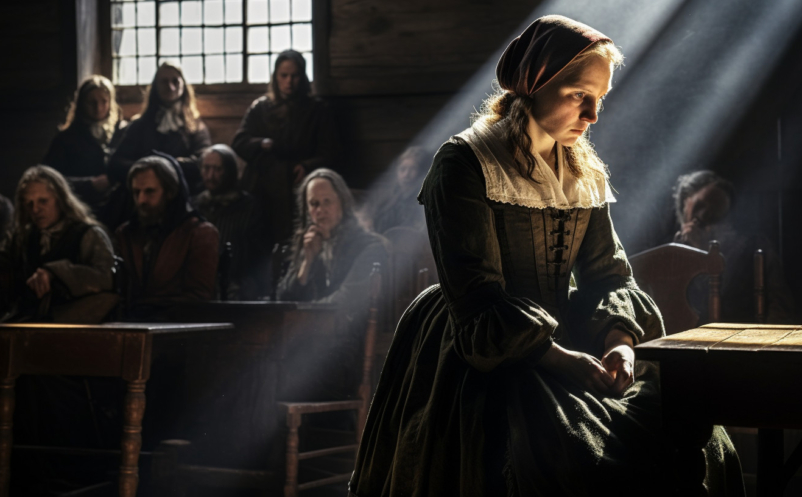
Even though there had been cases with people being convicted of witchcraft in Scandinavia throughout the Middle Ages, the hysteria didn’t reach the north until the 16th century. It started in Denmark, probably due to…
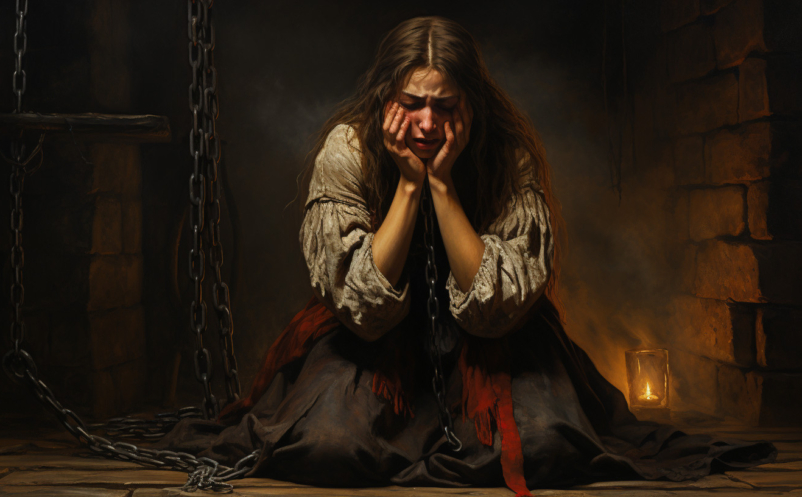
In the early Christendom, the consensus among the clergy was that witchcraft and sorcery didn’t exist in the sense that later became dominant – that meaning the connecting to Satan and devils. In the early…